The Rail~Volution Conference rolled into Los Angeles to illustrate how transit projects energize neighborhoods, meeting a significant demand for multi-density housing walkable to restaurants, offices, and shops. They can transform the landscape and mindset, in this case, of auto-addicted Southern California. One stop at a time.
A City in Need of a Thousand Communities
The national four-day Rail~Volution 2012 Conference rolled into Hollywood recently, promising multi-modal transportation alternatives that create living, walking and working centers through public transit. Energized and inspired by the dialogue of hundreds of community activists, planning professionals, agency representatives, developers and visionaries, LA Metro seeks this coming election to indefinitely extend the Los Angeles County half-cent sales tax through Measure J (for 250,000 “Jobs”), speeding construction of a dozen planned transit projects. This would allow Metro to, in the welcoming words of Mayor Antonio Villaraigosa, “Build three decades of mass transit projects in one [decade].”
From Move LA: Measure J — which would have extended LA County’s Measure R half-cent sales tax for transportation to accelerate construction of seven transit and eight highway projects — has failed with 66.11% of the vote, just short 0.56% or about 14,000 votes from passing. More work remains to be done…
Then again, what would a dialogue be worth without a prominent public naysayer kicking off this most-important coming together with words to the effect: “Transit? We don’t need no stinking transit (funding).” Thanks to County Supervisor Mike Antonovich. Moreover, Sunyoung Yang of the Bus Riders Union has called Measure J in several radio interviews a “big corporate handout” to entertainment venues and contractors.
While bus service has suffered significant service quality and route cuts in this era of declining budgets, the Bus Riders miss the point by targeting rail expansion. Measure J’s transit investments will float all boats, so to speak, affordable and proximate to a growing ridership population. Moreover, the measure would dedicate 20 percent of funds toward bus operations, necessary to connect stations with neighborhoods further afield. And to the issue of serving the people of the county as a whole, witness routes extending down Crenshaw towards LAX, from Redondo towards the South Bay, the Gold Line east to Azusa, and the San Fernando Valley connection through the I-405 corridor. That, in addition to the Westside Subway Extension and the downtown Regional Connector.
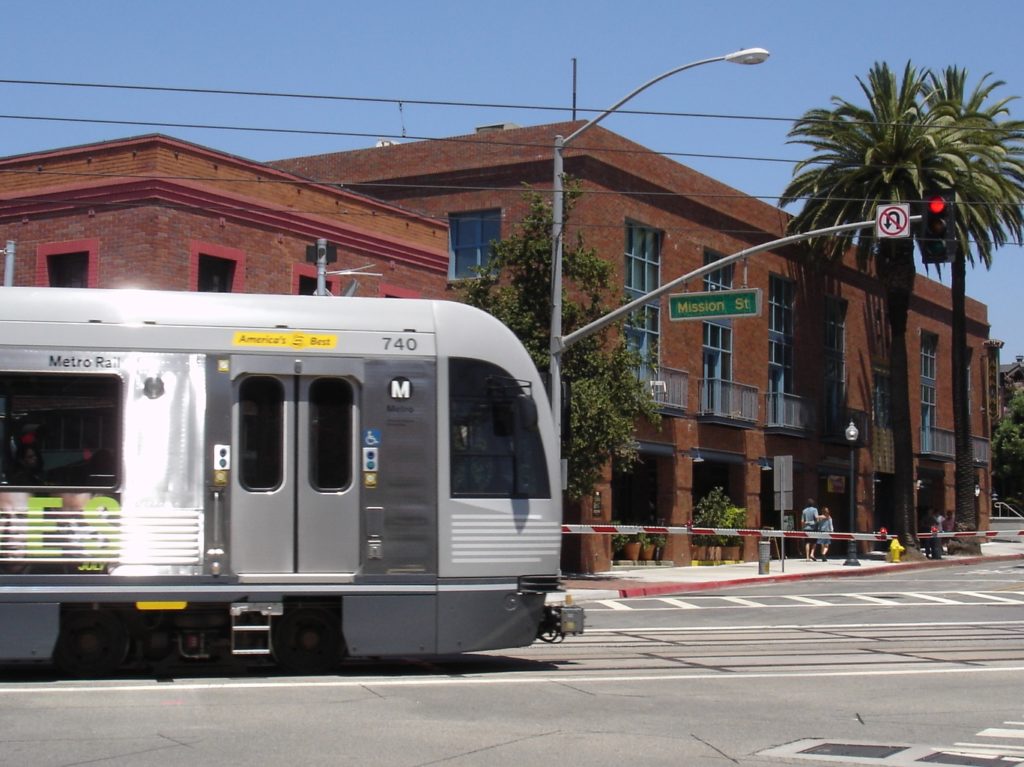

Yes, freeways are also expanded as part of the measure, but politically and realistically, the automobile will not be disappearing from Los Angeles any time soon. Read here for an excellent rebuttal to the off-key chorus of detractors from Ken Alpern.
Measure J or not, transit projects have the ability to energize neighborhoods, meeting the growing demand for multi-story housing walkable (and train-able) to restaurants, offices, and shops. Coupled with affordability controls and neighborhood preservation measures, transit projects will transform the landscape and mindset of Southern California. One stop at a time.
Building Livable Communities with Transit
When the Metro Gold Line wound through Old Town Pasadena, the city conceived a 3.5-acre transit-oriented village with apartments, shops, plazas and park-and-ride to reduce auto use and revitalize the neighborhood at the Del Mar station, finished in 2007. Down on the Red-Purple Line at Wilshire/Vermont, a transit village and school also went up on a Metro joint development site. Walkers, bikers, shoppers and commuters followed, in some cases, families of them. While some gentrification of the neighborhood occurred, clearly more East Hollywood transit riders have availed themselves of the new line connecting downtown with the Valley.
A few years later at the Hollywood/Vine Station on the Red Line, Metro participated in another village, this time with a W Hotel and Condos, where tourists, hipsters, business-types and green-o-philes mix it up, side-by-side. Gentrification here has increased the diversity of transit users. And today, mixed-income transit-reinventions are planned for Mariachi Plaza at 1st and Boyle on the Gold Line, where restaurants, shops, and affordable apartments would reinvigorate an already lively commercial corridor, tequila not included.
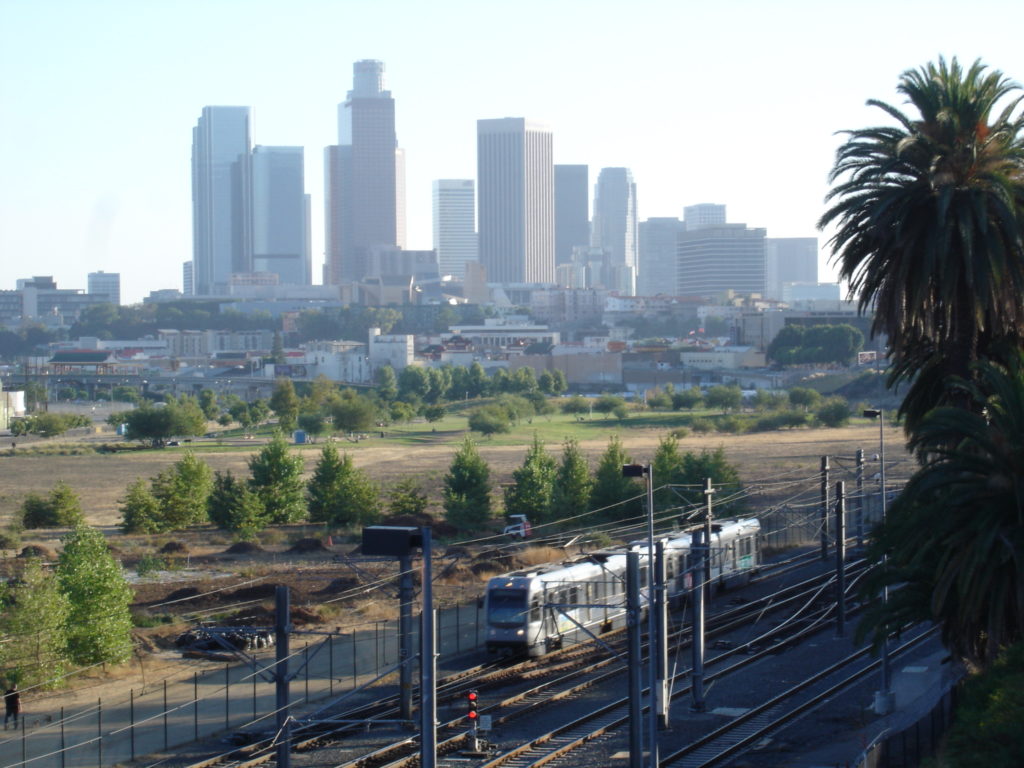

Rail-induced sustainability plans have become common, employing green-building LEED-Neighborhood Development standards to guide planning for more walk-bike-and-open-space-oriented transit villages. Take, for instance, the Gold Line connected Cornfield Arroyo Seco Specific Plan (CASP). The plan aims to transform 650 acres of industrial land into an environmentally-friendly residential and business community along a greenified Los Angeles River and Arroyo Seco. Parking will be rented or sold separately, hopefully not at all, allowing new residents to save money by biking or taking Metro.
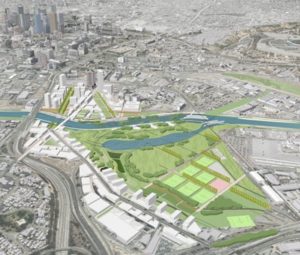

Consider as well, how rail connectivity has resulted in the proposal of further transit-oriented green re-sculpting of the Los Angeles River at a former Union Pacific industrial site called Piggyback Yard. The plan calls for a mixed use, mixed-income community with a 130-acre public park, to be integrated with high-speed rail tracks into Union Station and a new branch of Metro Rail. Though unfunded and still owned by UP, people in LA are daring to dream of a greener future.
These are just a sample of the possibilities. As LA business leader David Bohnett was quoted in the Rail~Volution press release: “Socially responsible transit policies must be focused on the most under-served populations… Mass transit is a societal imperative, providing mobility and access to all our citizens so they may reach their full potential within the vastness of our geography.”
Translate: We all need to get to work and play without cars, fast. We build public transit, they will come, and will have to walk to exit. No backyard necessary (as long as we provide parks).
How to Make “Smart Growth” Smart?
The benefits of funding transit construction through Measure J would be significant, integrating LA’s disjointed and illogical transit network to connect with the Westside, San Gabriel Valley, Central and South LA. Providing viable alternatives to sitting on the 405, twenty years sooner than 2042, would have economic and quality of life benefits for the entire county. Century City’s high-rise condomania and drab office-islands might function as 24-hour destination urbanism with the infusion of Purple Line connections. Maybe someday even LAX will join the 20 other US cities with airport rail service, instead of stranding new arrivals at the rent-a-car desk.
Be advised, rail service never pays for itself per se, it generates wealth by energizing neighborhoods and facilitates commerce and less-resource-intensive getting to work on time. As already stated, Los Angelenos will not be abandoning their auto-centric ways any time soon, but by increasing funding and pushing projects on the local and statewide scale, a multi-modal sustainability-re-think will spur significant urban reinvestment, reduce the regional carbon footprint, and improve livability for this polyhuman LA.
Perfection is never an option when it comes to eight or twenty million of us looking to get to work on time. But maybe we can learn to say hello along the way.

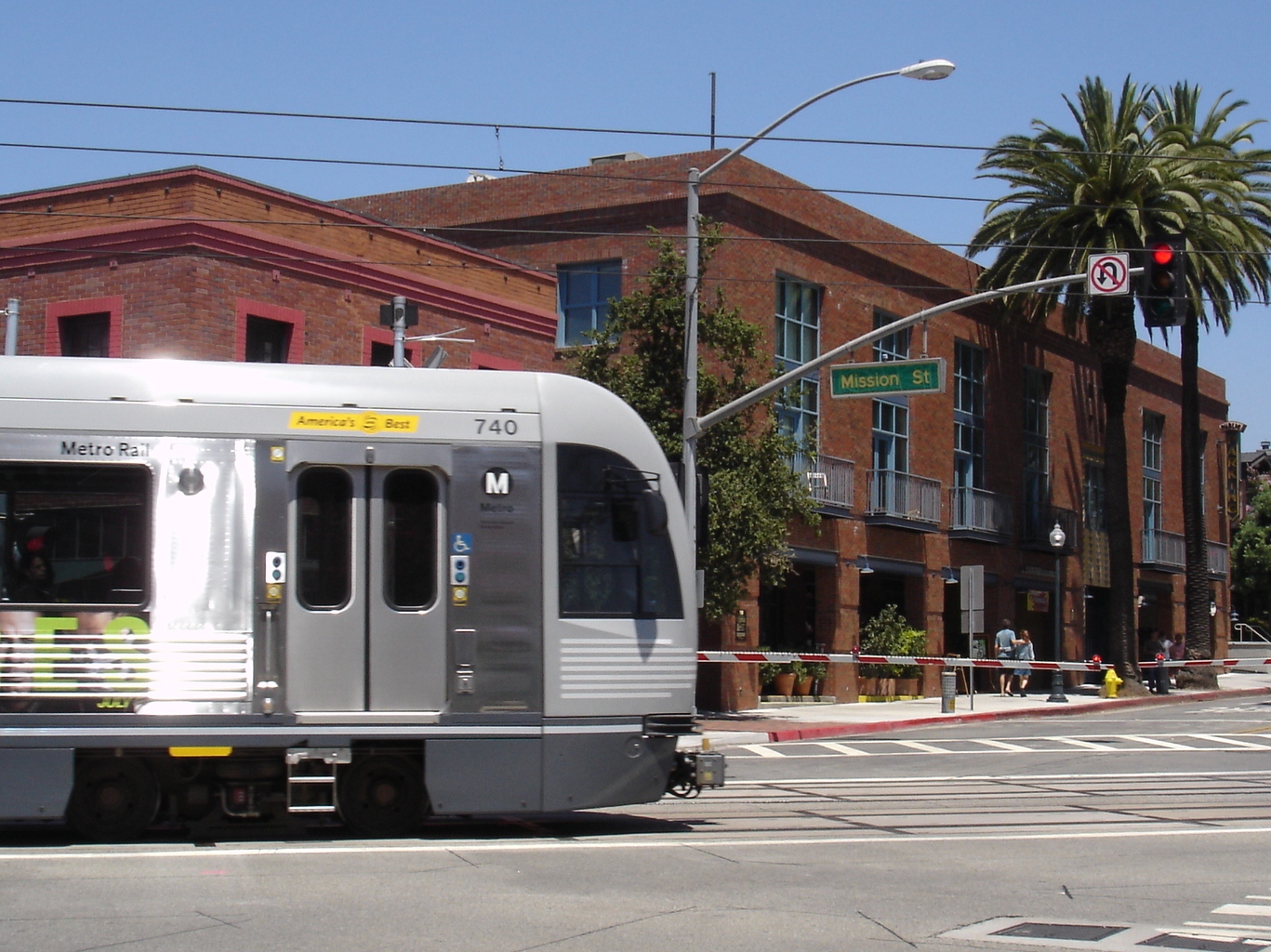

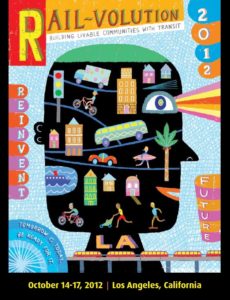

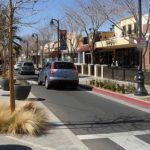
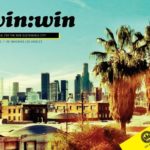
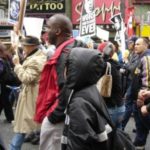
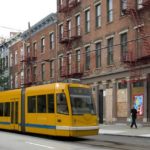






Pingback: Place Mobility: Streetcars Move Forward | WilderUtopia.com